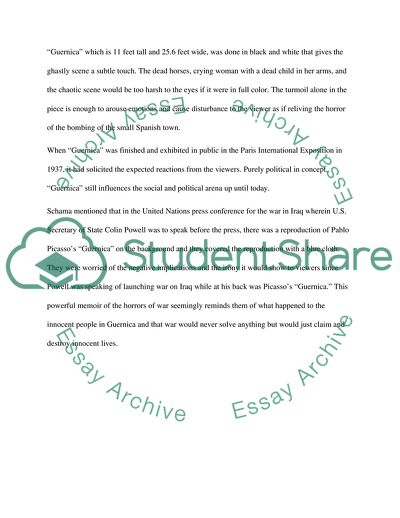Cite this document
(Simon Schama's Power of Art Episode on Pablo Picasso Movie Review - 2, n.d.)
Simon Schama's Power of Art Episode on Pablo Picasso Movie Review - 2. https://studentshare.org/performing-arts/1723705-art
Simon Schama's Power of Art Episode on Pablo Picasso Movie Review - 2. https://studentshare.org/performing-arts/1723705-art
(Simon Schama'S Power of Art Episode on Pablo Picasso Movie Review - 2)
Simon Schama'S Power of Art Episode on Pablo Picasso Movie Review - 2. https://studentshare.org/performing-arts/1723705-art.
Simon Schama'S Power of Art Episode on Pablo Picasso Movie Review - 2. https://studentshare.org/performing-arts/1723705-art.
“Simon Schama'S Power of Art Episode on Pablo Picasso Movie Review - 2”. https://studentshare.org/performing-arts/1723705-art.


